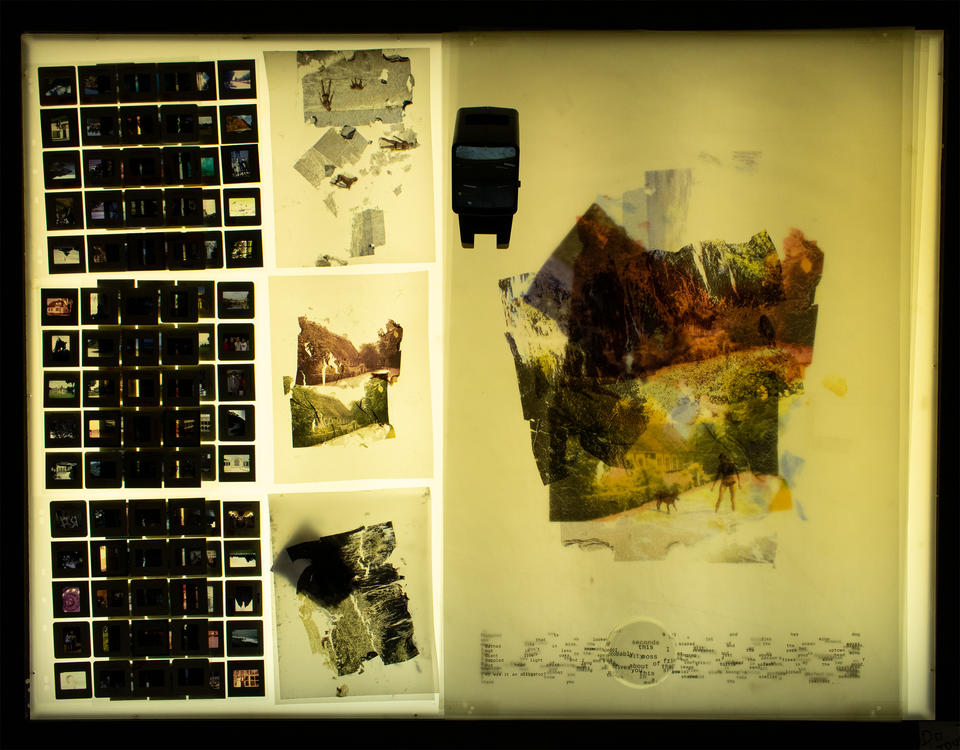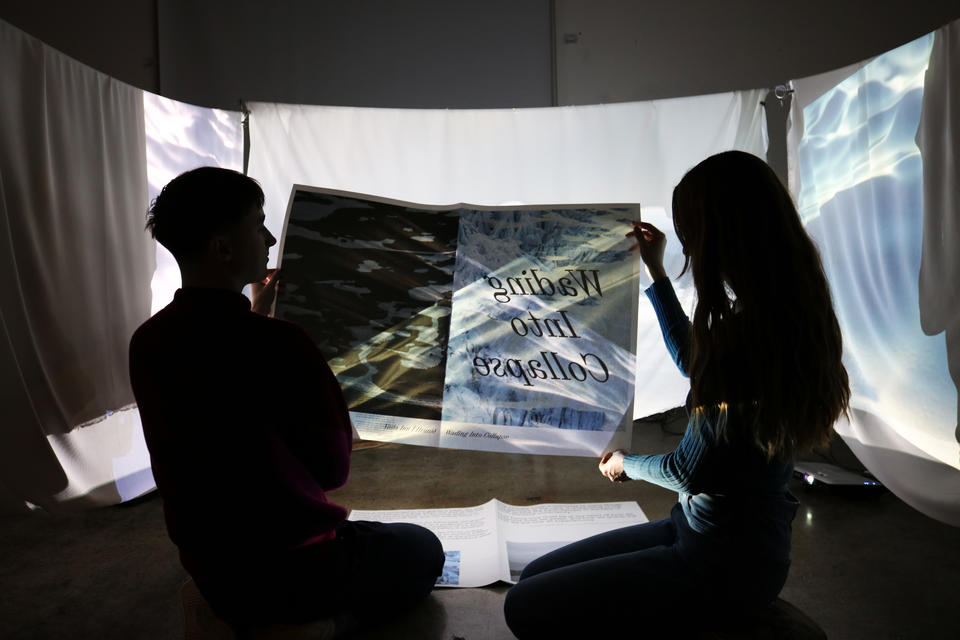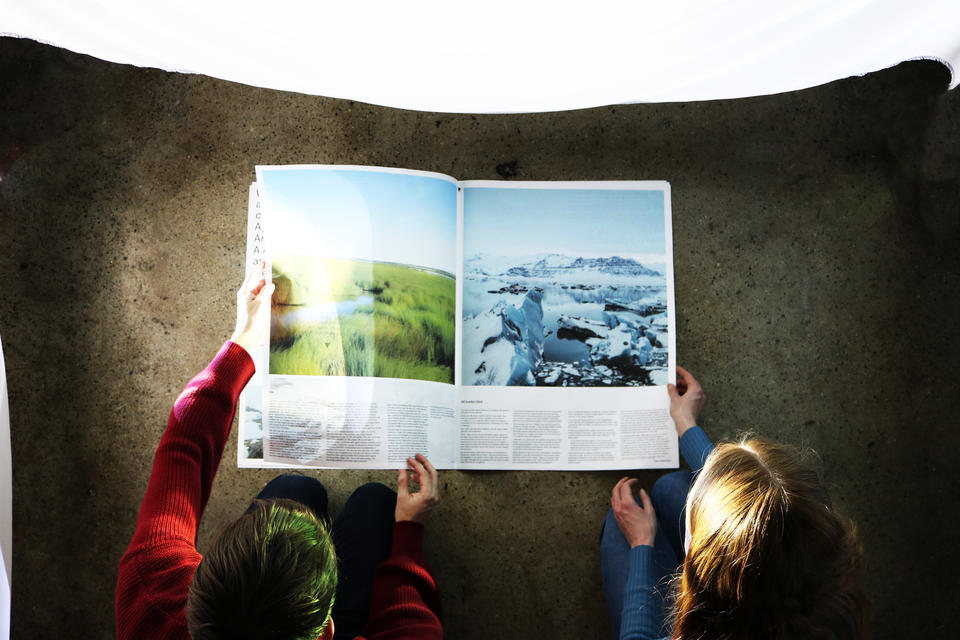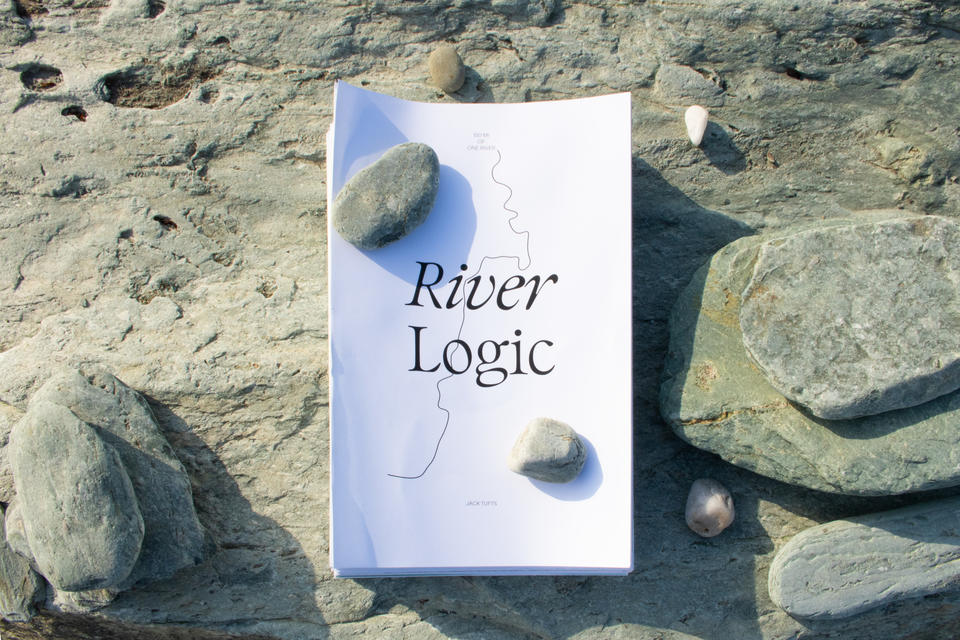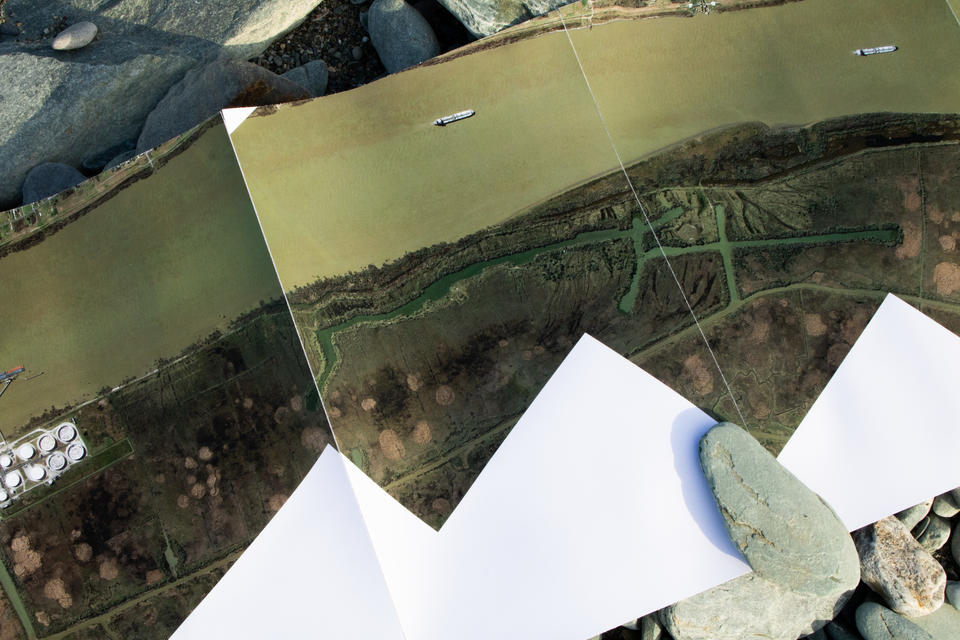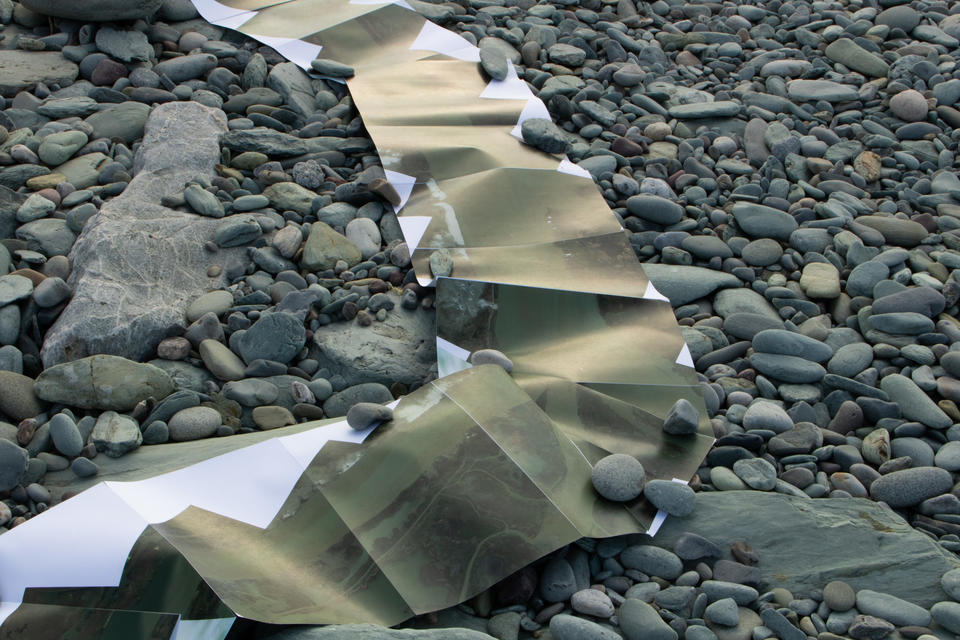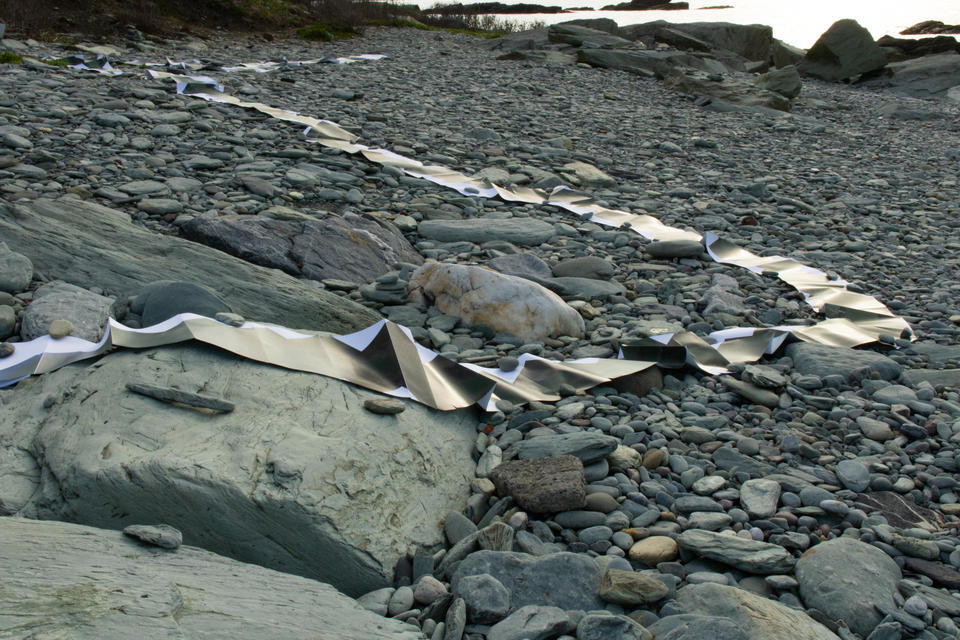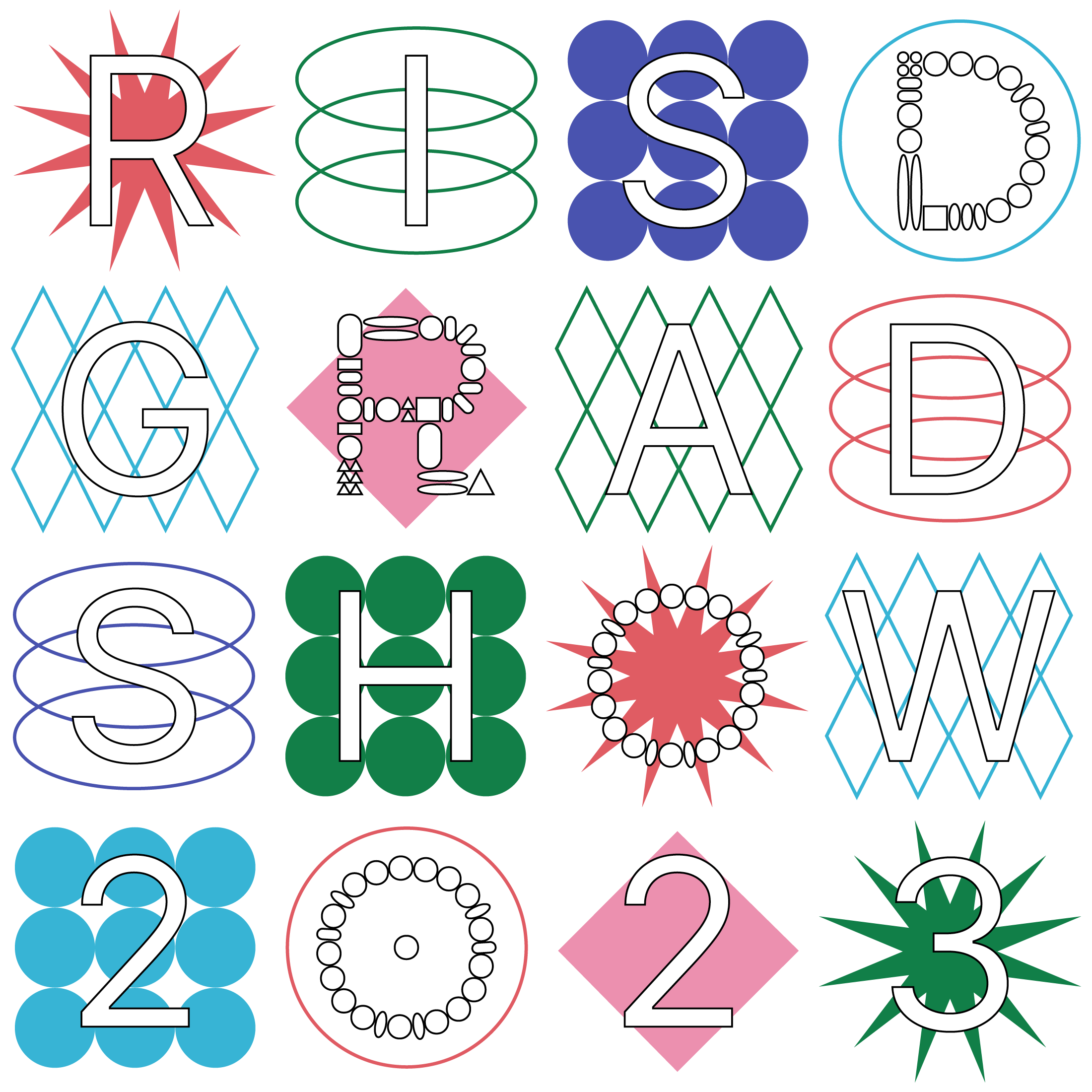A Moment Is Meant To Pass
Fragments now flotsam flowing together, accumulating debris, taking on new shapes and sizes. If collecting fragments is the beginning of my process, where does this act of collecting and sifting lead? It’s not the fragment itself, but the idea of the fragment that I like; it is not that it’s a piece from a larger whole, but an element that on its own may acquire new meaning through an interaction with someone or something. It begins to accumulate meaning regardless of the finder’s particular perspective. There’s a sense that any fragment can join the collective imagination, allowing for inclusion and invitation to take place. Thinking about the Second Line, flowing through the streets of the city, is one version of fragment gathering — anyone can join in the excitement of the moment, to celebrate, to dance, and to follow along.
I sometimes use ‘experience’ and ‘moment’ interchangeably. But an experience often extends beyond a single moment in time. I first wonder what excites me, what will invite others to join in a moment? What is the initial point of entry to an experience? What sensations stimulate engagement in a particular moment? When the moment passes, how do you re-emerge? And finally, how do you make it so the moment can seemingly extend for a lifetime? An experience can be built of many moments created from accumulated fragments. I delve into these groupings to find those visible or invisible strings that tie them together. Once I’ve pulled those strings, the binding concept makes a moment a truly immersive experience. A moment becomes an enduring memory. In Wading Into Collapse, a collaboration with Ásta Þrastardóttir, we set out to build a world, we looked to what exists in the one around us. I can’t say how we ended up pondering our relationship to the ocean, but a connection was formed between two designers, one from Louisiana and one from Iceland. From polar opposite homelands experiencing the drastic and immediate effects of climate change, we set out to present our homes in this way, sharing personal memories so that together we can create a sense of place.
